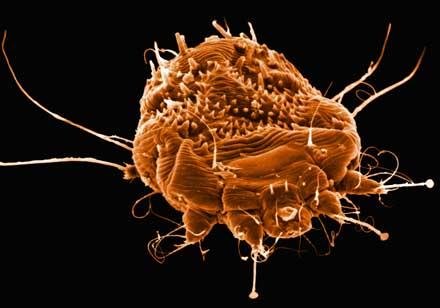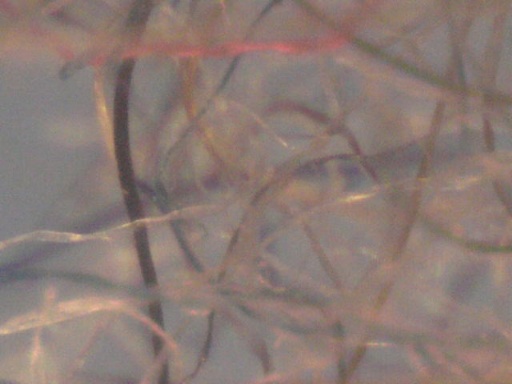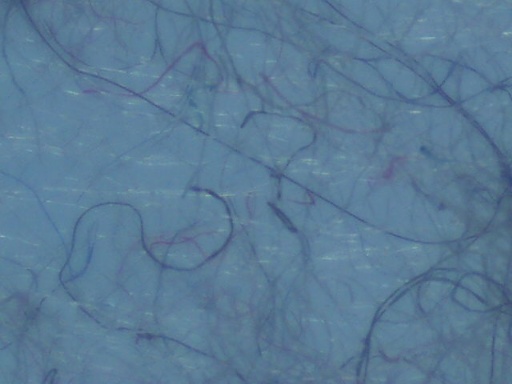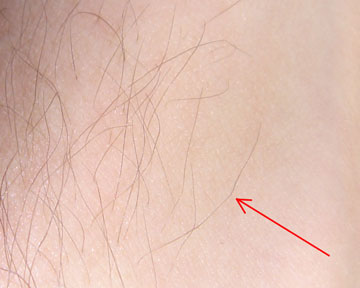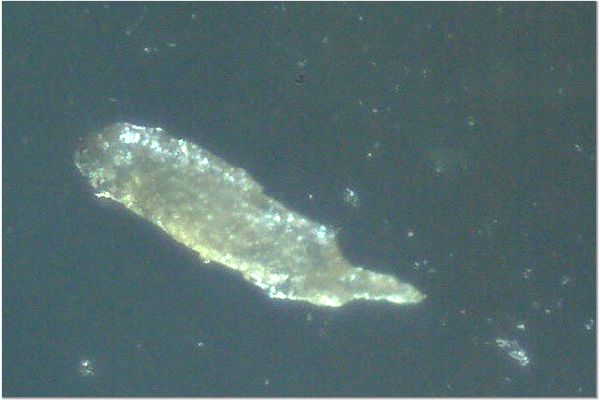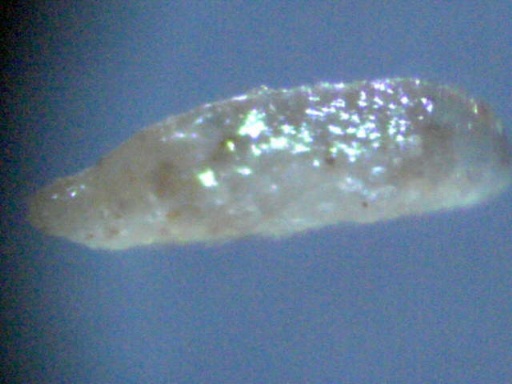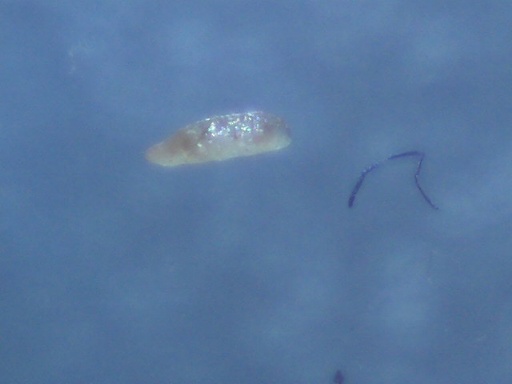Right now you are surrounded by billions of fibers.
This is perfectly natural, since fibers are everywhere. But if you think you might have a fiber disease such as Morgellons, then you need to able to distinguish normal fibers from fibers that are part of the disease.
Here’s a quick experiment. Turn your monitor off for a second and look at the screen. Covered with dust right? Look closer (get a magnifying glass if you have one), you will see the dust is mainly comprised of tiny fibers, about 1/16th of an inch long (1mm or so).
Where do they come from?
The biggest sources of fibers in the home are paper products and clothing.
Paper products are things like facial tissues, toilet tissue and paper. Paper is actually MADE from fibers. When you tear paper, the edges look like this (60x magnification):

That’s just regular letter sized paper, the kind you use in your printer. Paper is actually made of millions of fibers!
Here’s the same piece of paper at 200x
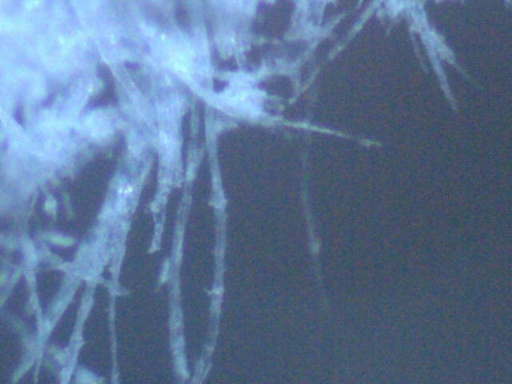
Those are some pretty serious fibers. Tiny though, only about 20 microns in diameter. They are visible to the naked eye if you have good eyesight.
Another common paper product is facial tissues such as Kleenex. Here’s some Kleenex at 60x:
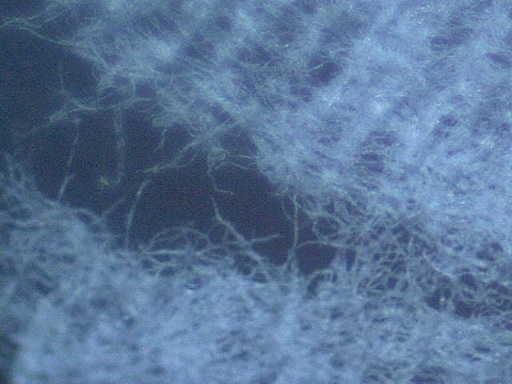
See it’s just like paper, made from millions of fibers – the fibers are just more spaced out to make it softer.
All paper products are basically the same, made entirely from cellulose fibers (extracted from wood).
What about clothes?
When you wash your clothes and dry them in the dryer, some of the fibers in the clothes come off, and that’s what makes the lint. If you look at lint under a microscope, it looks like this:
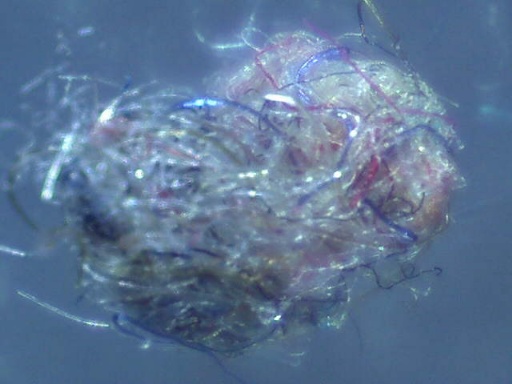
You can see it’s made from all different kinds of fibers, all different colors. Both from the clothes that were in the dryer, and other fibers the clothes might have picked up as you wore them, perhaps in contact with other clothes, or the clothes of other people you touched, or off furniture.
When paper, clothing or furniture shed fibers, the tiny fibers float around in the air and land on surfaces. Often they will land on you. If you take a fresh post-it pad and dab the sticky part over your face a few times, you will find it get quite a few fibers on it. Like this (10x):
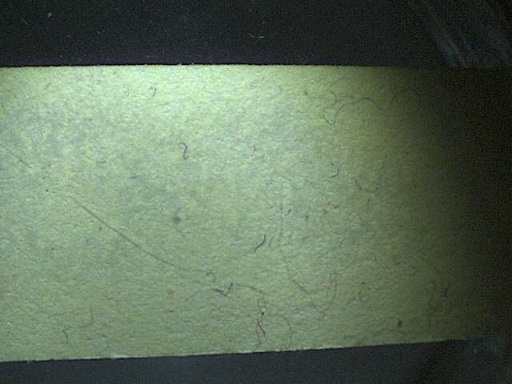
Here’s a close-up (60x):
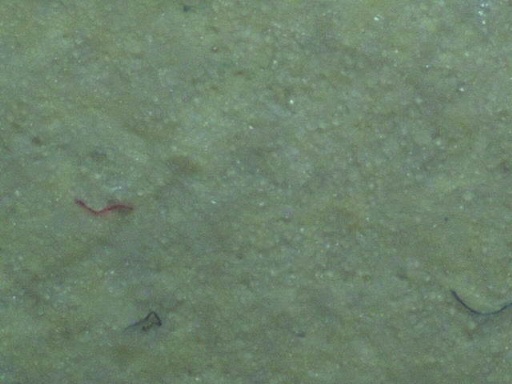
Not many, but I bet you did not think there were any fiber on your face, eh?
So, all these fibers flying everywhere from natural sources. If they touch something soft, they stick to it. So you tend to always find a few embedded in (and under) scabs or any mucus-like stuff you have one your body. Like this:
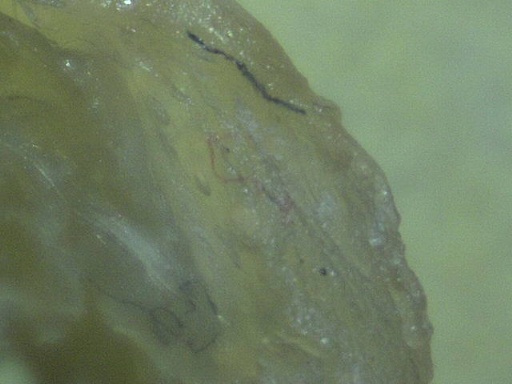
Notice how the fibers here are just the same as the lint in the dryer. This indicates they are probably fibers from clothing. Paper fibers are probably there as well, just a bit harder to see.
What can we conclude?
There are lots of fibers on every surface and floating around in the air. This is not a bad thing, as the fibers are just paper or clothing fibers. The fibers will get on your skin, and get inside any damp lesion.
It’s almost impossible NOT to find fibers on your skin. Everyone has them, just most people don’t notice them, since they don’t look closely enough.
